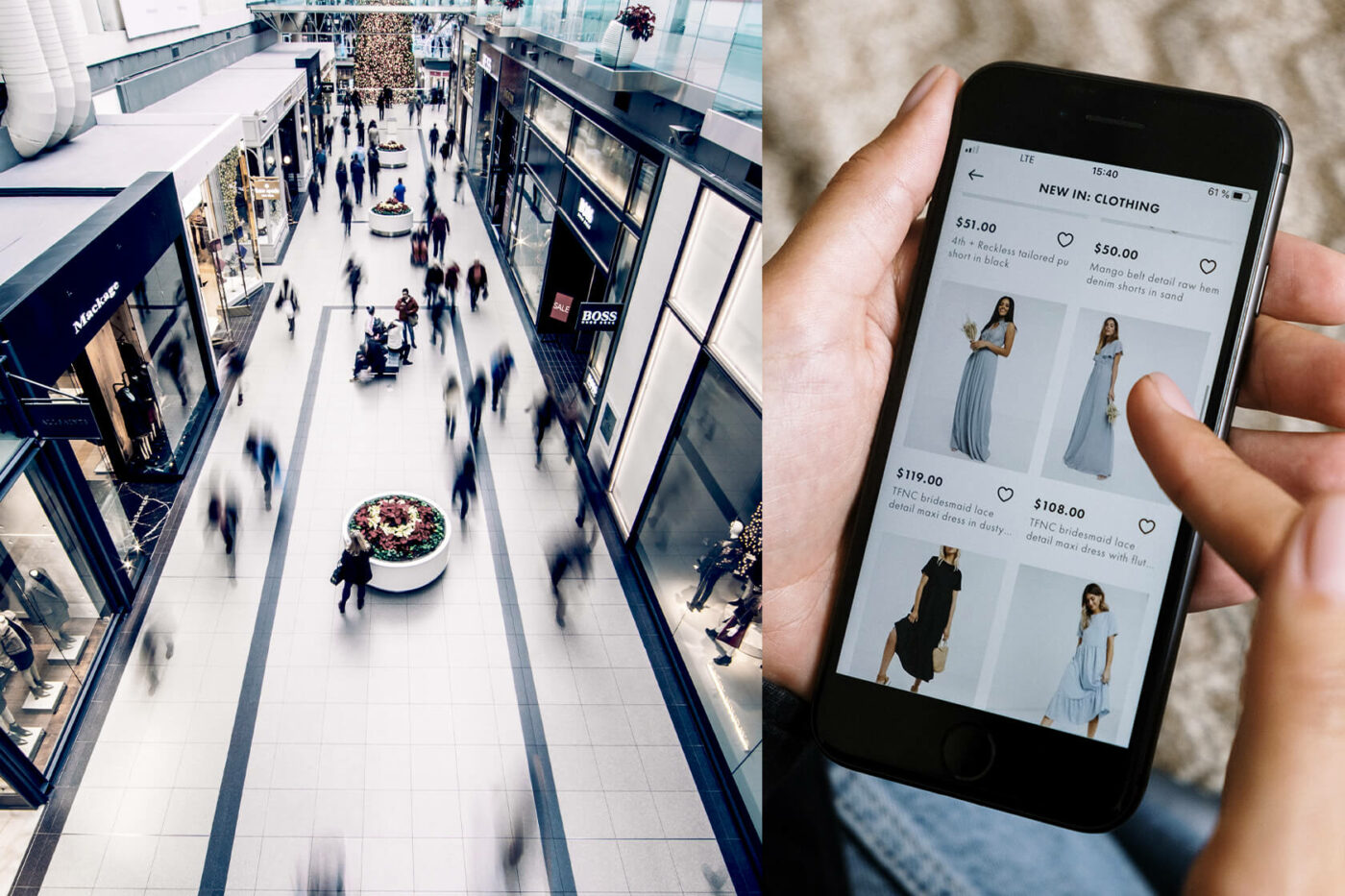As marketers look for ways to maximize their Q4, so many are revisiting their foot traffic tactics, and for good reason. Recent data suggests that brick-and-mortar retail sales will drive the majority of holiday sales growth this year.
Relatively, online sales are growing faster than in-store sales, with total desktop & mobile sales expected to increase 16.2% this holiday season compared to a modes 2.6% increase for in-store shopping.
Nevertheless, in-store sales will still account for 87.5% of total holiday spending this year, accounting for 56% of the growth expected over the next few months. When this figure is coupled with the fact that many sectors are seeing more store closings than openings, the remaining brick & mortars are in a prime position to make their land grabs.
For instance, Party City is opening numerous “Toy City” stores around the country to appeal to the vacuum left by Toys R Us.
So what can marketers do to maximize the effectiveness of their foot-traffic campaigns while still keeping their eye on the explosive mobile retail arena? The answer lies in strategic omnichannel campaigns that can assess when it’s best to serve an individual an ad that drives them to a store locator versus one that drives them in-app to make a purchase.
To achieve this, marketers require a few things:
- An advertising provider that can provide true omnichannel, cross-device campaign execution
- Campaigns run on a tech stack that leverages contextual data to determine the right situations and moments in which to appeal to consumers
- Clear, cross-device measurement & attribution
Beyond this, brick & mortar retailers with online presences would also benefit from a meaningful audit of their customer experience. Just as browsing behavior crosses devices and platforms, so too does shopping. As noted by eMarketer, many retailers have “have tightened the link between online and in-store, providing a more consistent and integrated experience,” that supports features such as mobile ordering with in-store pickup.
As more major retailers offer this option, the pressure is on for smaller chains looking to stay competitive. With this pressure comes another quandary: how does this shopping experience get promoted, and who is the ideal audience? While the simple answer is to create audience persona groups, savvy marketers are turning to AI to dynamically decide which shoppers are invited to shop via app, in-store, or a hybrid of the two.
Join the Conversation
How are your holiday campaigns evolving this year to reflect shifting consumer behaviors? Do you have confidence in your cross-device attribution solution? Let us know by joining the conversation on Twitter, LinkedIn, or Facebook.

